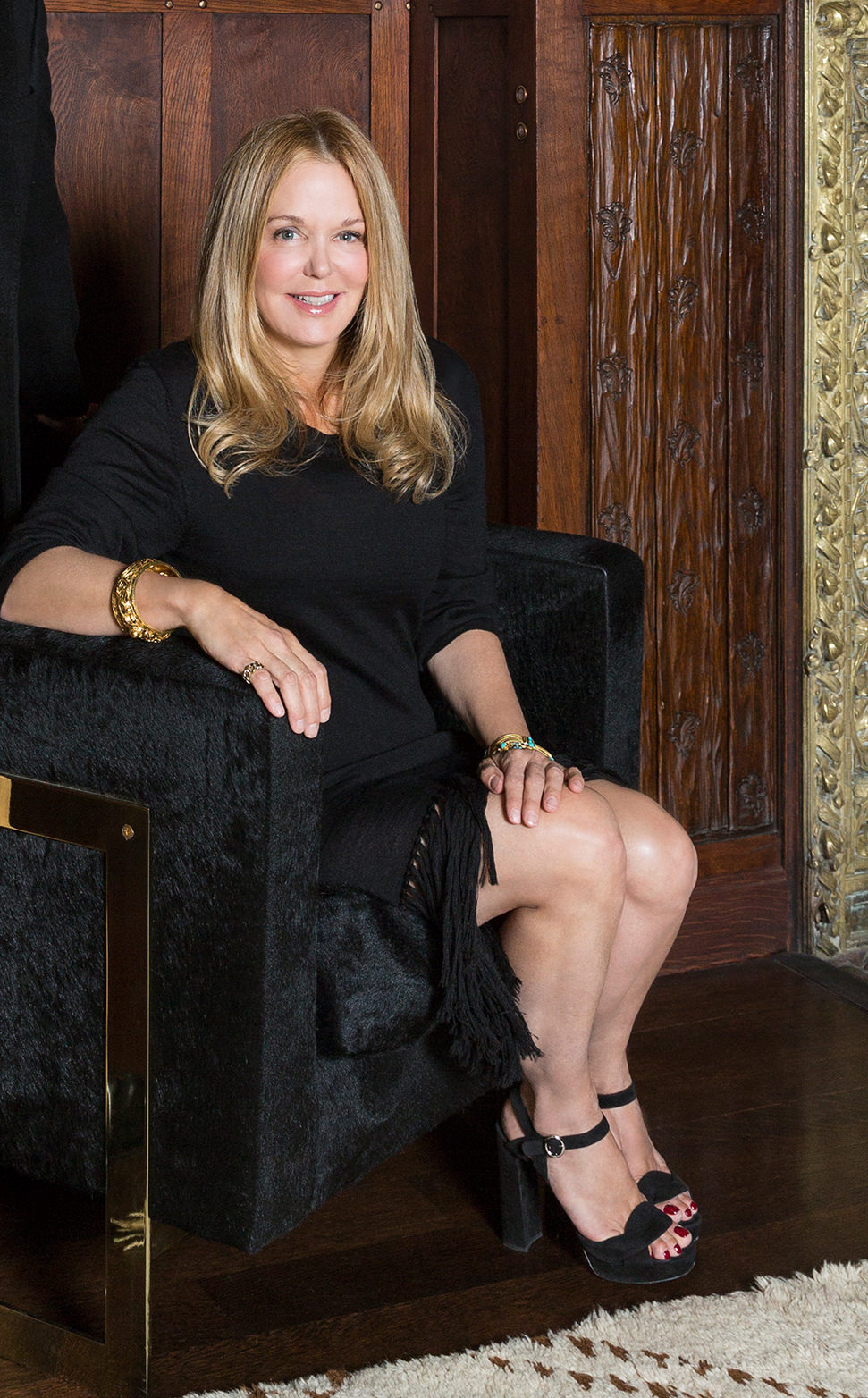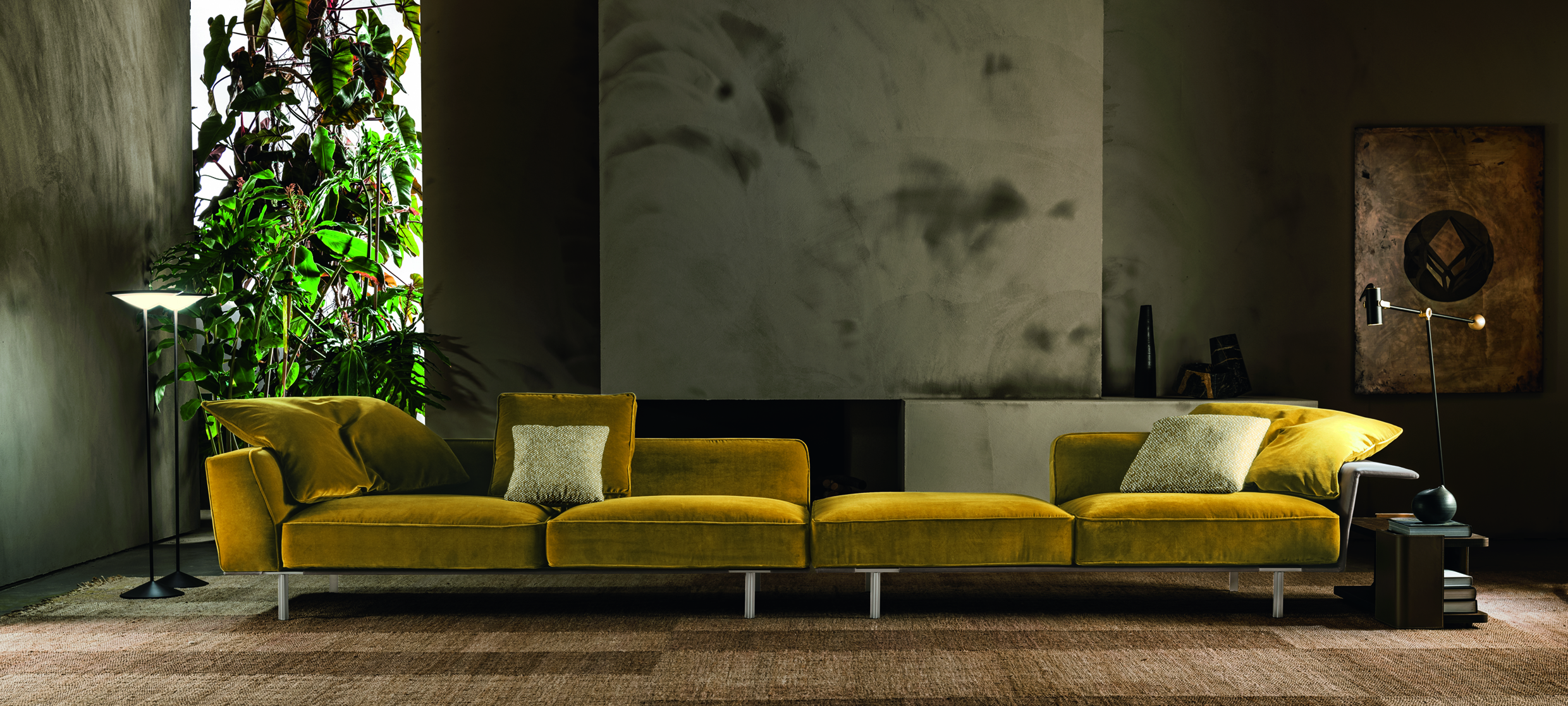The Executive Director of The Salon Art + Design fair, Jill Bokor, is all about creating environments that favor the beauty of the unexpected. Art editor turned fair director, she spoke with Whitewaller about what surprises are in store at the Park Avenue Armory fair this week (November 10-14).
WHITEWALLER: Is there a trick in harmoniously combining design and art at a fair?
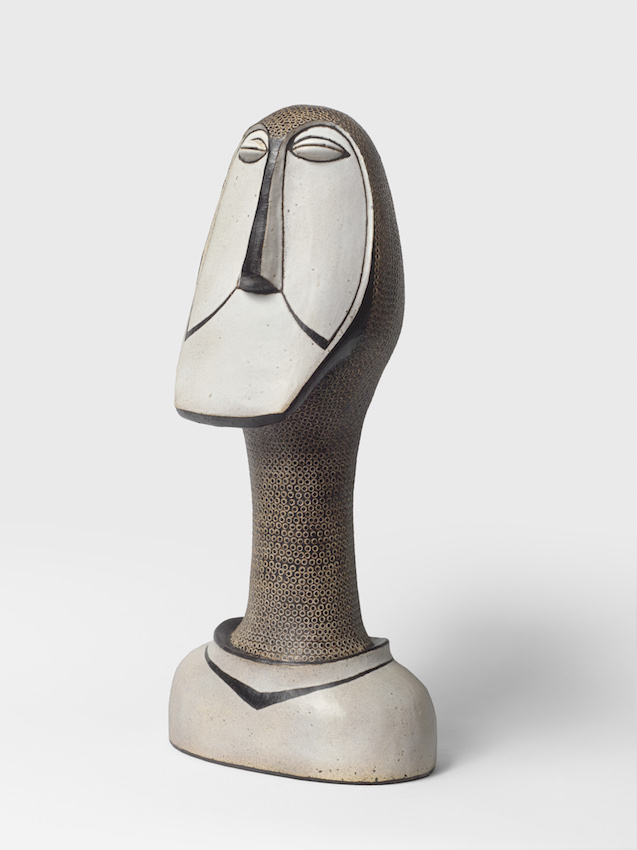
Francois Raty, “Masque Sculpture,” courtesy of Thomas Frisch-Artrium.
JILL BOKOR: I don’t know if there’s a trick. We’re about environments—from the incredible architecture of the Park Avenue Armory itself to thinking about objects and images with which people live in 2016. The scale and intimacy of The Salon ensure that attendees look at every object in every booth with fresh eyes considering how each piece might work in their house or apartment. If anything, I think of it as geometry—the order and nature of forms and how they complete each other harmoniously.
WW: You said that one of the challenges is to broaden the fair with new unexpected material and create surprises. How do you look for surprises?
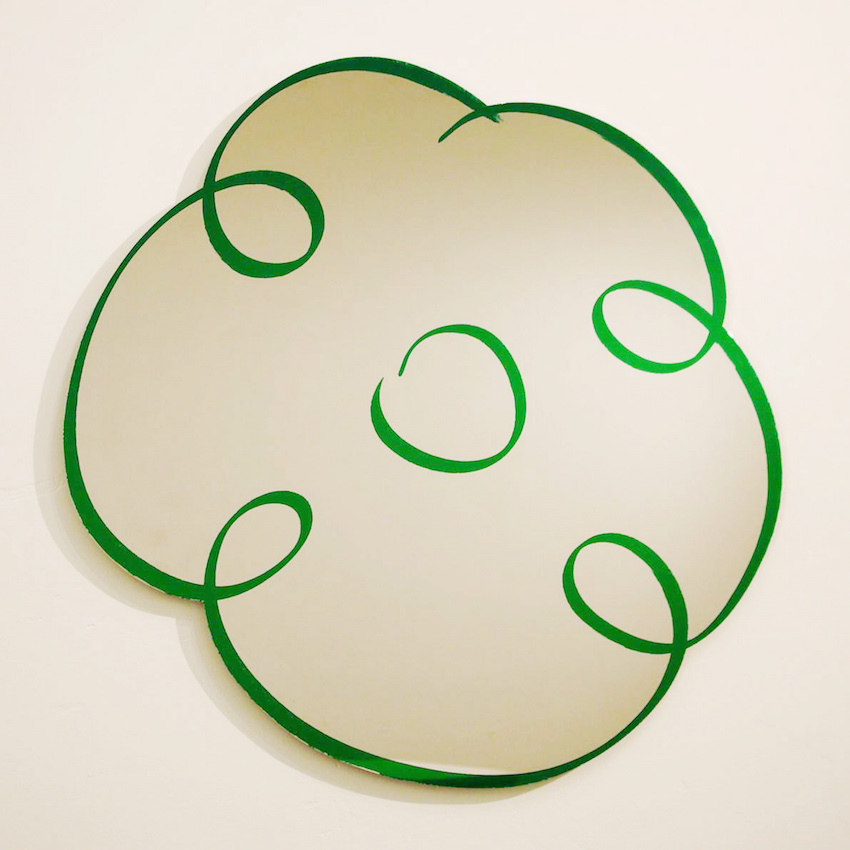
Jeff Koons, “Flower Drawing (Green),” courtesy of Barbara Mathes Gallery.
JB: As in everything, context rules here. The surprise may not be in the object itself, but rather how it connects to everything around it. So while an ancient Egyptian polychrome may not be a surprise, the idea of contextualizing it, say, with a Mattia Bonetti sofa or a Zaha Hadid dining table might create a new way of thinking about form and harmony. The headdress of the Egyptian goddess employs an arc, as does the arm of the Bonetti sofa. Architecture makes use of all of Platonic solids. Design does too. These are things we instinctively understand. It’s all a continuum.
WW: Innovative design is bringing about serious progress at the moment (3D printing, urban solutions, energy solutions). Some argue that design is becoming more important (or at least relevant) than art. Do you agree?
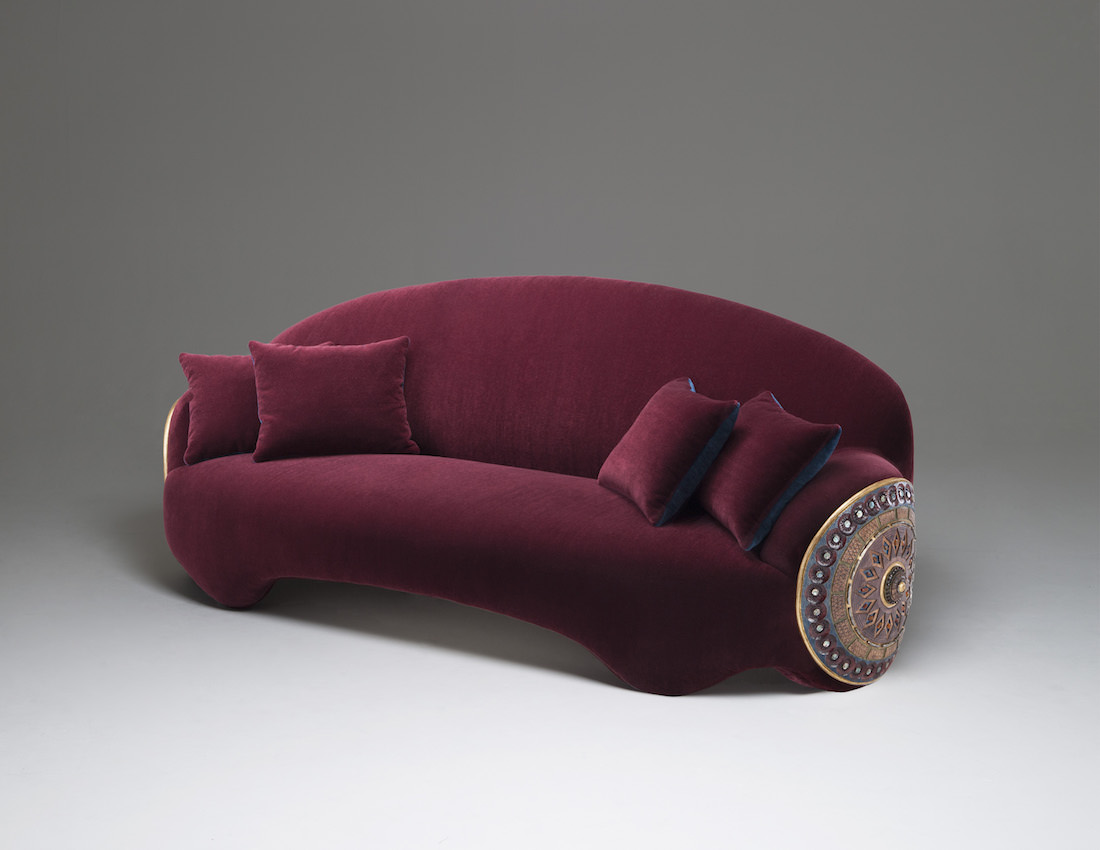
Mattia Bonetti, “Shield,” Sofa, courtesy of David Gill Gallery.
JB: The difference isn’t one of relevance. It’s about consciousness. We’ve always bought furniture—that was the functional part of a home. The art brought the whimsical, the sentimental, the thing no one else could have. That didn’t used to be true of design, but somewhere in the 20th century people started to think about design differently. Not only could a chair be comfortable; it could express a point of view or have a sense of humor. Look at the Campana brothers for the best contemporary example of this.
When I was a kid all of the houses I went to had a Mies Barcelona chair. It was sort of a proclamation of good taste. In retrospect it seems contrived, but it was also a statement that people were thinking about the objects in their homes in a certain way. I think the difference now is that collectors think about every functional piece as a design object, as well. So it’s not more or less important than art, but it’s equally recognized as an expression of who we are and what we value.





